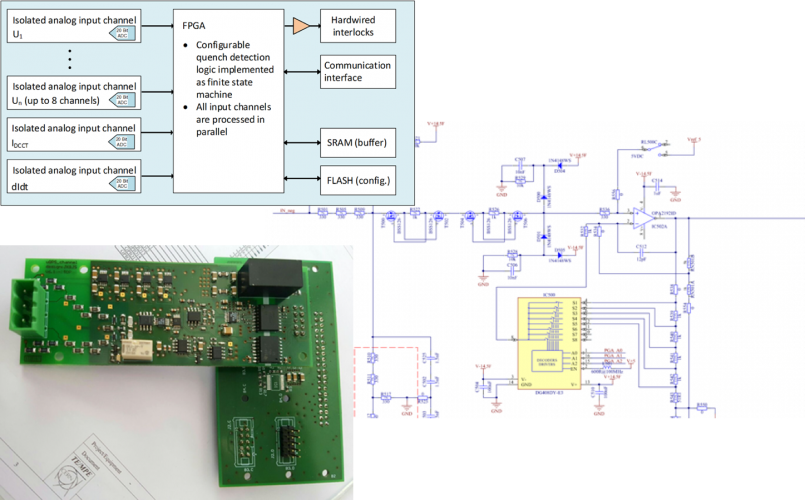





The Electronics for Protection section (EP) is responsible for the development, commissioning and operation of quench detection electronics and data acquisition systems used for the protection of superconducting equipment in CERN’s accelerator complex and test facilities. The EP section is using state-of-the-art electronic components and designs and engages in various R&D programs for the development of new detection methods for superconducting technologies used in the present and future particle accelerators of CERN. The responsibilities of the section include amongst others:
- The quench detection electronics and data acquisition systems for all superconducting magnet circuits in the LHC machine and magnet test facilities, including magnets, superconducting links and High Temperature Superconductor (HTS) current leads.
- The development of highly dependable, custom made electronics for safety critical applications across the accelerator complex.
- The development and tests of firmware for safety critical applications.
- Expertise in the field of radiation tolerant electronics.
- The design, construction and exploitation of functional hardware testers for electronic systems.
The EP section is a team of electronics, electrical and low-level software engineers, working closely with designers of superconducting magnets and superconducting link technologies as well as power converter experts and the operation crews of the accelerators to guarantee reliable operation of the superconducting magnet circuits throughout all phases of operation. They have a broad expertise in tools for electronics design such as ALTIUM™, programming in VHDL, embedded C, Python™ as well as dependability engineering.
